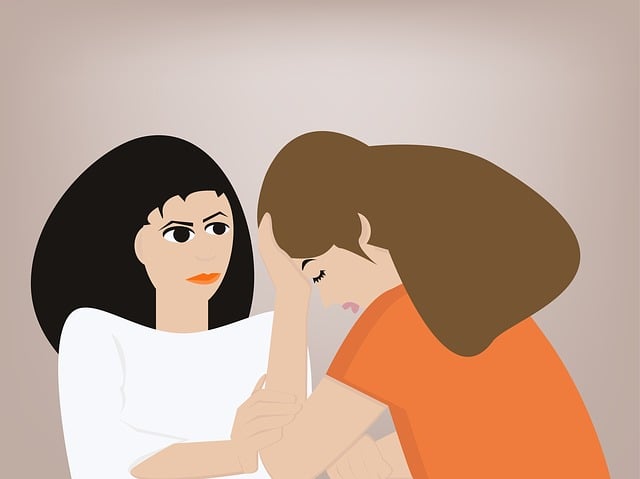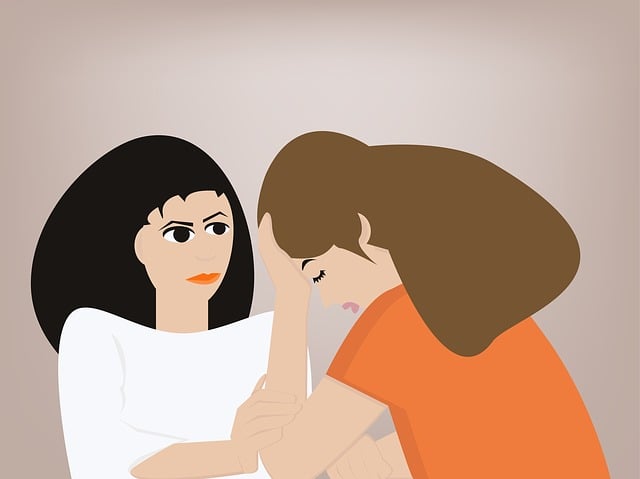The media's portrayal of mental illness significantly influences public understanding and can either perpetuate stigma or encourage support. Sensitive depictions, especially in Greenwood Village, where suicide prevention therapy is vital, can normalize conversations about mental health. By collaborating with experts like Greenwood Village Suicide Prevention Therapy and individuals with lived experiences, creators can challenge negative tropes and promote empathy. This approach leads to better access to resources, encourages early intervention, and fosters a more supportive landscape for those facing mental wellness challenges, including anxiety relief and burnout prevention.
In today’s media-saturated world, the representation of mental illness can significantly impact public understanding and awareness. This article explores the challenge of portraying mental health accurately while offering solutions to combat stigmatization. We delve into the profound effects of media on mental health perception, highlighting the need for change. Through examining strategies for more compassionate portrayals and the innovative work of Greenwood Village Suicide Prevention Therapy, we aim to foster a more nuanced and supportive narrative around mental illness in media.
- Understanding the Impact of Media Representation on Mental Health
- Strategies for More Accurate and Compassionate Portrayals
- The Role of Greenwood Village Suicide Prevention Therapy in Media Sensitization
Understanding the Impact of Media Representation on Mental Health

The media’s portrayal of mental illness can significantly influence public perception and understanding of these conditions. For years, stereotypes and inaccurate representations have perpetuated stigma, making it harder for individuals to seek help. When media depicts mental health struggles with sensitivity and authenticity, it has the potential to normalize conversations around these topics, reduce shame, and encourage support-seeking behaviors. This is particularly crucial in communities like Greenwood Village, where suicide prevention therapy services play a vital role in addressing mental wellness challenges.
A positive shift can be witnessed through the development of Mental Wellness Coaching Programs that promote proactive burnout prevention and depression prevention strategies. By challenging negative media tropes and offering more nuanced narratives, we can foster an environment that encourages empathy, understanding, and early intervention for those experiencing mental health issues. This, in turn, may lead to better access to resources like suicide prevention therapy, ensuring individuals receive the necessary support for their mental wellness journeys.
Strategies for More Accurate and Compassionate Portrayals

To foster more accurate and compassionate mental illness representation in media, creators should prioritize authenticity and consultation with experts. Collaborating with individuals who have lived experiences or healthcare professionals like those at Greenwood Village Suicide Prevention Therapy is essential. This ensures that portrayals are not only realistic but also respectful and free from harmful stereotypes. Incorporating stories of resilience and recovery can help to normalize conversations about mental health while promoting empathy among audiences.
Additionally, focusing on the nuances of different conditions rather than relying on simplistic or sensationalized narratives is crucial. Depicting characters with depth and complexity, including their struggles and triumphs, can challenge public perceptions. By integrating these strategies, media platforms can contribute to a more understanding society that supports individuals dealing with anxiety relief, burnout prevention strategies for healthcare providers, and fosters overall mental wellness.
The Role of Greenwood Village Suicide Prevention Therapy in Media Sensitization

Greenwood Village Suicide Prevention Therapy is at the forefront of addressing mental illness representation in media, actively working to challenge stereotypes and increase awareness. Through their initiatives, they aim to humanize individuals dealing with mental health struggles and promote understanding among the general public. By facilitating open conversations, Greenwood Village offers a platform for sharing personal narratives, which can significantly reduce the stigma associated with seeking help.
The therapy center’s focus on media sensitization involves educating content creators and journalists about responsible storytelling. They encourage the development of Mental Wellness Coaching Programs, Resilience Building techniques, and Self-Care Practices that can be incorporated into media narratives. This approach not only ensures more accurate portrayals but also provides valuable resources for viewers facing similar challenges, potentially saving lives by encouraging them to seek support.
Media representation plays a pivotal role in shaping societal perceptions of mental illness. By adopting more accurate and compassionate strategies, as highlighted by Greenwood Village Suicide Prevention Therapy, we can challenge harmful stereotypes and foster understanding. This approach not only enhances media sensitivity but also contributes to improved mental health outcomes for individuals facing similar struggles. Together, we can create a media landscape that reflects the reality of mental illness with empathy and care.














